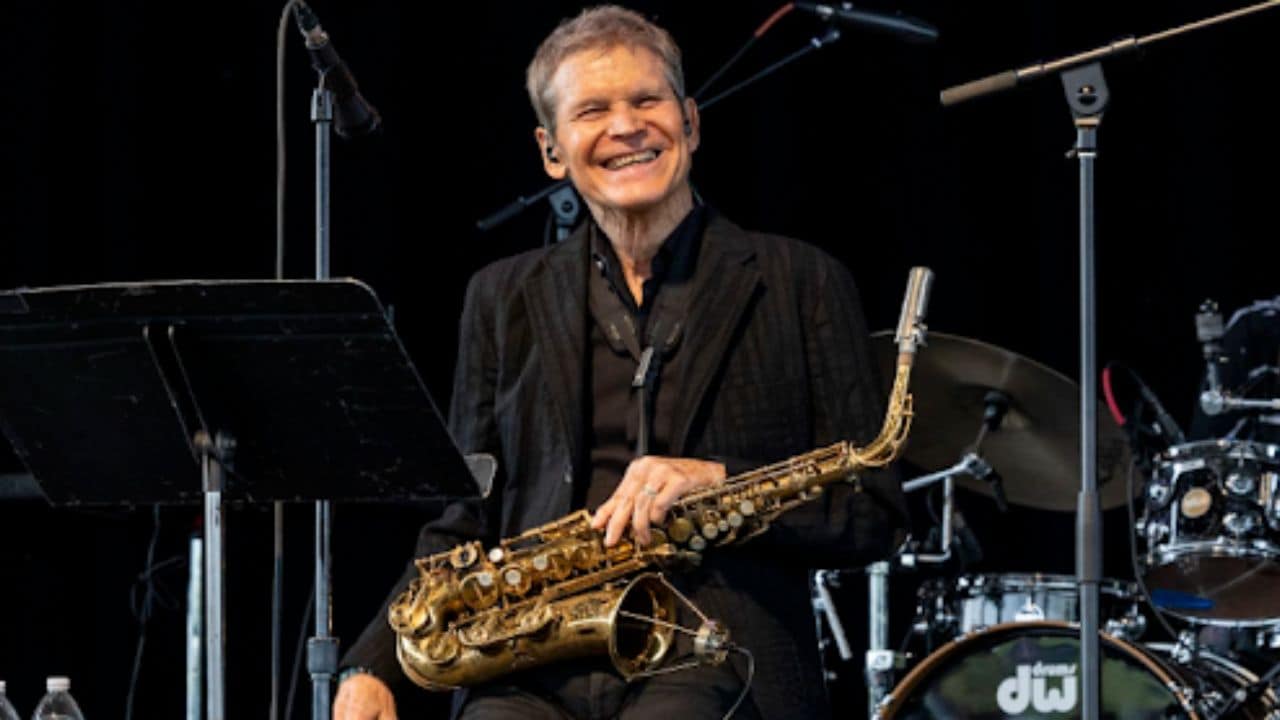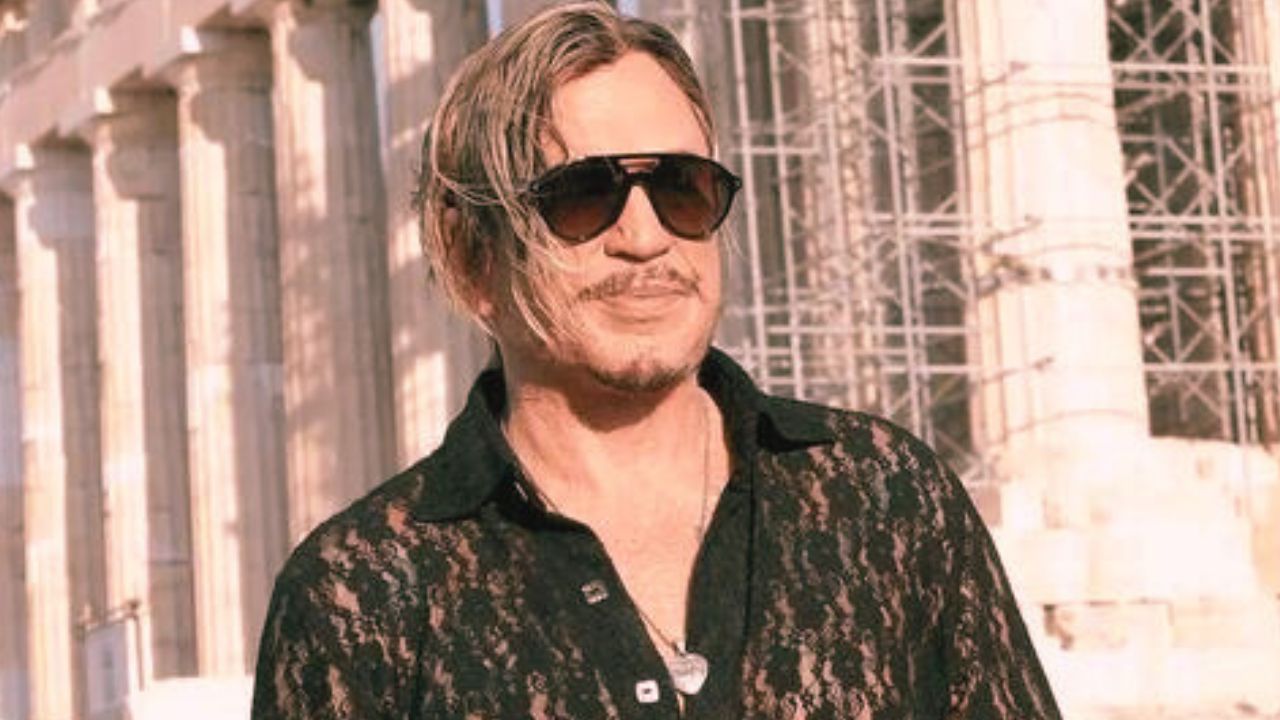The music world has lost a true giant. David Sanborn, the legendary saxophonist whose soulful sound graced countless iconic recordings and stages. He passed away on Sunday at the age of 78 after a long battle with prostate cancer.
While best known as a jazz musician, Sanborn’s shimmering alto saxophone flourishes transcended genres, leaving an indelible mark on classic albums by artists such as David Bowie, Stevie Wonder, and Bruce Springsteen.
Born in Tampa, Florida, in 1945, Sanborn’s life took an unexpected turn at the tender age of three when he contracted polio. This illness ravaged his left arm, right leg, and lungs.
A doctor advised the young Sanborn, who had spent a year in an iron lung, to learn to play a woodwind instrument to improve his respiratory strength.
Thus began his lifelong love affair with the saxophone at the age of 11.
Despite the lasting effects of polio, which included limited lung capacity and a smaller, less dexterous left arm, Sanborn refused to be defined by his circumstances.
“I don’t think of myself as a victim,” he once said. “This is my reality.” His unwavering determination and extraordinary talent propelled him to the forefront of the music scene, earning him six Grammy Awards, eight gold albums, and a platinum one over the course of his six-decade career.
Drawing from a rich tapestry of influences, including jazz, pop, and R&B, Sanborn’s sound was as distinctive as it was versatile.
Tim Griggs of Allmusic referred to his fifth studio album, “Hideaway” (1980), which featured collaborations with Michael McDonald and Giorgio Moroder, as showcasing his “passionate and distinctive saxophone sound.” Albums like “Hearsay” (1994), “Pearls” (1995), and “Time Again” (2003) all reached the No. 2 spot on the Billboard jazz chart, solidifying his status as a preeminent force in the genre.
Yet, Sanborn’s impact extended far beyond the realm of jazz. His unmistakable tone and fiery improvisations graced some of the most iconic recordings in rock history, including David Bowie’s “Young Americans” (1975), on which his sultry solo opens the titular track.
“There was no lead guitar, so I played the role of lead guitar,” Sanborn recalled. “I was all over that record.”
His collaborations with the likes of Stevie Wonder, Bruce Springsteen, Paul Simon, James Brown, Elton John, Steely Dan, Eric Clapton, and the Rolling Stones further cemented his status as a sought-after sideman, lending his distinctive sound to enduring classics.
Beyond his prodigious recording output, Sanborn’s influence also extended to television and radio. From 1988 to 1990, he hosted the eclectic music showcase “Night Music,” featuring luminaries from jazz, rock, and beyond.
He also hosted a syndicated radio program, “The Jazz Show With David Sanborn,” and more recently, the podcast “As We Speak,” where he engaged in insightful conversations with fellow artists.
Sanborn, who had an unquenchable passion for live performance, continued to tour well into his 70s despite the difficulties his health posed.
“If you want to play for an audience, you’ve got to go where the audience is,” he once said, embarking on tours that took him across the globe.
In a career that spanned decades and defied boundaries, David Sanborn left an indelible mark on the world of music.
His soulful, expressive playing transcended genres, captivating audiences and inspiring generations of musicians. While his physical presence may be gone, his legacy will endure, forever etched into the fabric of the countless recordings he graced with his inimitable sound.
As the music world mourns the loss of this extraordinary talent, Sanborn’s words ring truer than ever: “Real musicians don’t have any time to spend thinking about limited categories.”
His life and work stood as a testament to the boundless power of music to unite, inspire, and transcend limitations, leaving an enduring legacy that will continue to resonate for generations to come.
The Information is Collected from People and NPR






































